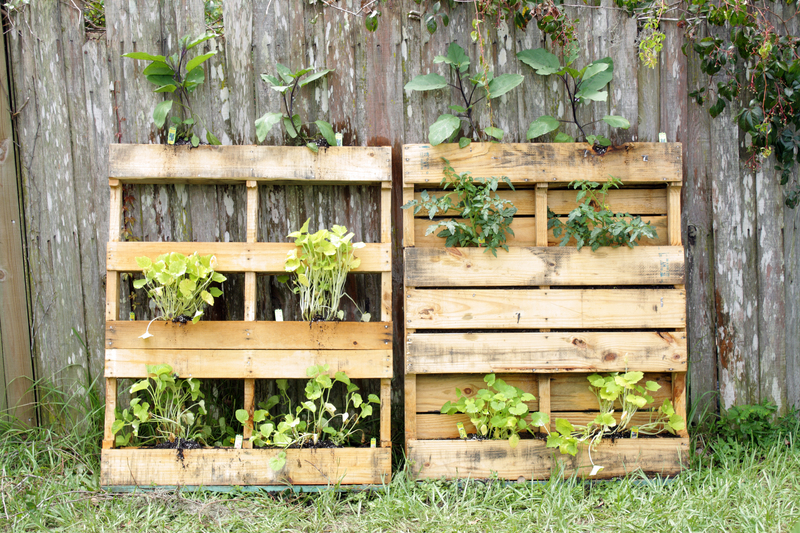In recent years, the push towards living a more sustainable lifestyle has become more critical than ever. With climate change being at the forefront of global concerns, many individuals are seeking ways to make their lives more environmentally friendly. A great place to start is right where you live. Making your home more eco-friendly not only reduces your carbon footprint but can also lead to cost savings over time. Below, we'll explore various strategies for creating a green home environment.
Understanding the Benefits of an Eco-Friendly Home
Before diving into the changes you can make, it's crucial to understand why transforming your home into an eco-friendly haven is so beneficial. Not only does it contribute to the preservation of our environment, but it can also improve your wellbeing and reduce long-term expenses.
- Reduced Energy Costs: Eco-friendly homes often use less energy, leading to lower utility bills.
- Improved Air Quality: Using sustainable materials and reducing chemical exposure can enhance indoor air quality.
- Increased Home Value: Eco-friendly homes are in demand, potentially raising resale value.
- Positive Environmental Impact: Every step towards eco-friendliness helps combat global warming.

Energy Efficiency: The First Step to Going Green
Switch to LED Lighting
One of the simplest ways to start making your home more eco-friendly is by switching to LED lights. These consume significantly less energy than traditional incandescent bulbs and last much longer.
- Cost Savings: While LEDs might be more expensive upfront, their longevity and efficiency result in financial savings over time.
- Environmental Impact: LEDs contribute to lower energy consumption, reducing greenhouse gas emissions.
Install Smart Thermostats
Another major contributor to non-sustainable energy use is traditional home heating and cooling systems. By upgrading to a smart thermostat, you can efficiently control your home's climate, minimizing energy waste.
Advantages of Smart Thermostats:
- Automatically adjusts settings based on your schedule, ensuring energy is not wasted.
- Provides detailed energy usage reports, allowing you to identify further opportunities for savings.
Water Conservation: Embrace Efficiency
Install Low-Flow Fixtures
Water conservation is a crucial aspect of an eco-friendly home. By installing low-flow showerheads and toilets, you can significantly reduce your water usage without sacrificing performance.
- Reduced Water Bills: Less water usage translates into cheaper utility bills.
- Sustainability: Conserving water helps preserve this precious resource for future generations.
Harvest Rainwater
Consider setting up a rainwater harvesting system. This relatively simple setup collects rain, which can be used for gardening and other non-potable applications.
Benefits: Reduces dependence on municipal water supplies and is a straightforward way to make your home greener.
Eco-Friendly Materials: Building and Renovation
Choose Sustainable Building Materials
When building or renovating, consider using materials that are sustainable, durable, and have a low environmental impact.
- Bamboo: An excellent alternative to traditional wood, bamboo grows rapidly and requires fewer resources.
- Recycled Steel: Using recycled steel in construction can reduce energy usage by up to 75%.
- Cork Flooring: A renewable, comfortable option that provides excellent insulation.
Eco-Friendly Insulation
Insulating your home effectively ensures that it stays warm in the winter and cool in the summer. Opt for eco-friendly options like recycled denim or cellulose insulation made from recycled paper products.
Why Choose Eco-Friendly Insulation? It not only minimizes heat loss but also reduces your home's overall carbon footprint.

Sustainable Living: Everyday Changes
Adopt a Zero Waste Lifestyle
Beyond the structural aspects, making daily changes such as reducing waste can significantly impact your home's sustainability.
Tips for Reducing Waste:
- Compost kitchen scraps to reduce landfill contributions and enrich your garden soil.
- Use reusable bags, bottles, and containers to cut down on single-use plastics.
- Buy in bulk to minimize packaging waste.
Use Eco-Friendly Products
The products you bring into your home, from cleaning supplies to furniture, can vastly influence your home's eco-friendliness.
- Choose natural cleaning products devoid of harmful chemicals.
- Opt for furniture made from recycled or reclaimed materials.
Renewable Energy: Harness the Power of Nature
Install Solar Panels
Solar panels are one of the most impactful steps you can take towards creating an eco-friendly home. Though initially costly, they pay off by significantly reducing or even eliminating your electricity bill.
- Environmental Benefits: Solar energy is renewable, abundant, and drastically reduces fossil fuel dependency.
- Financial Incentives: Many regions offer tax credits and rebates for solar panel installations.
Look Into Wind Energy
If you live in an area with consistent wind, consider installing a small wind turbine. Like solar power, wind energy is a renewable resource that can reduce your reliance on non-renewable energy.
By incorporating these changes into your home, you not only contribute positively to the environment but also create a space that fosters sustainability and well-being. The journey to a green home is an ongoing process, but by starting with these steps, you are making invaluable contributions to a healthier planet and a more sustainable future.
Remember, even small changes add up, and each effort contributes to a larger impact. Begin with manageable tweaks, and gradually work your way to a fully eco-friendly lifestyle.